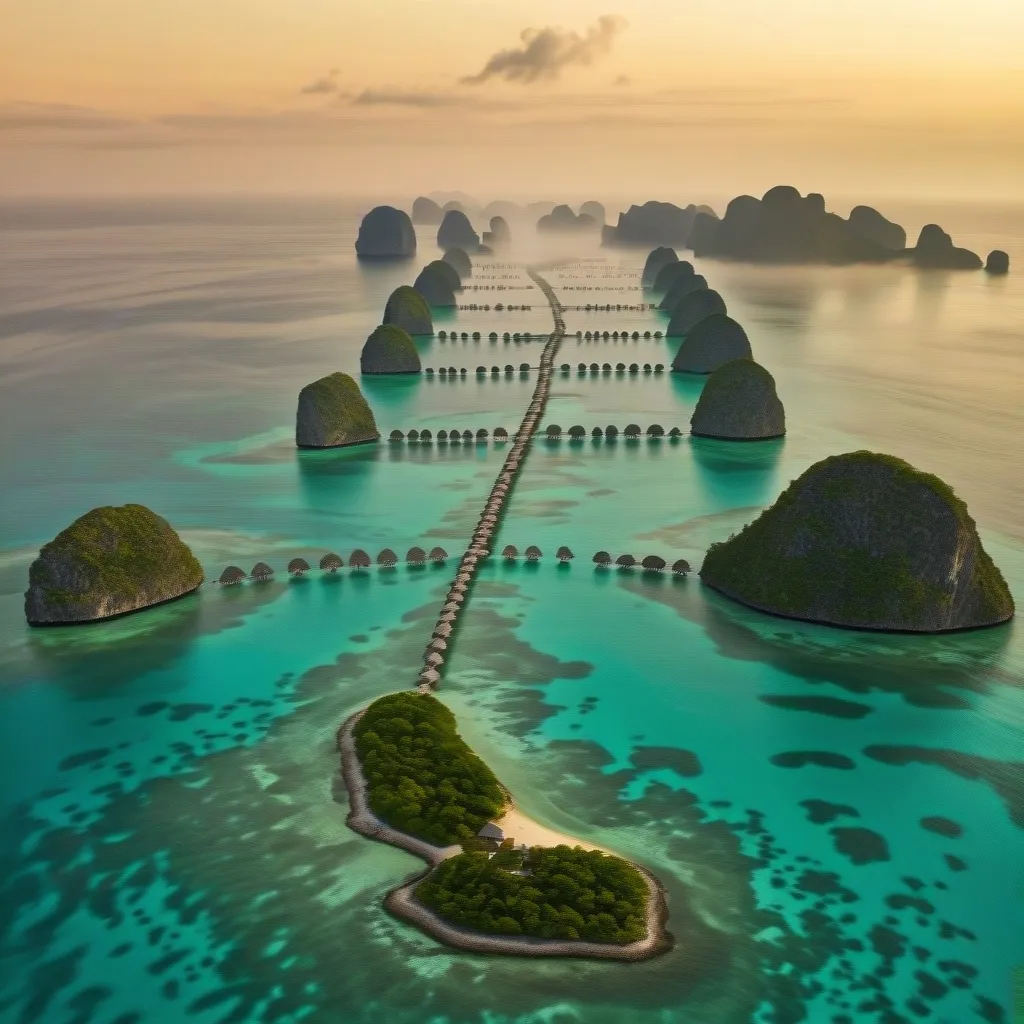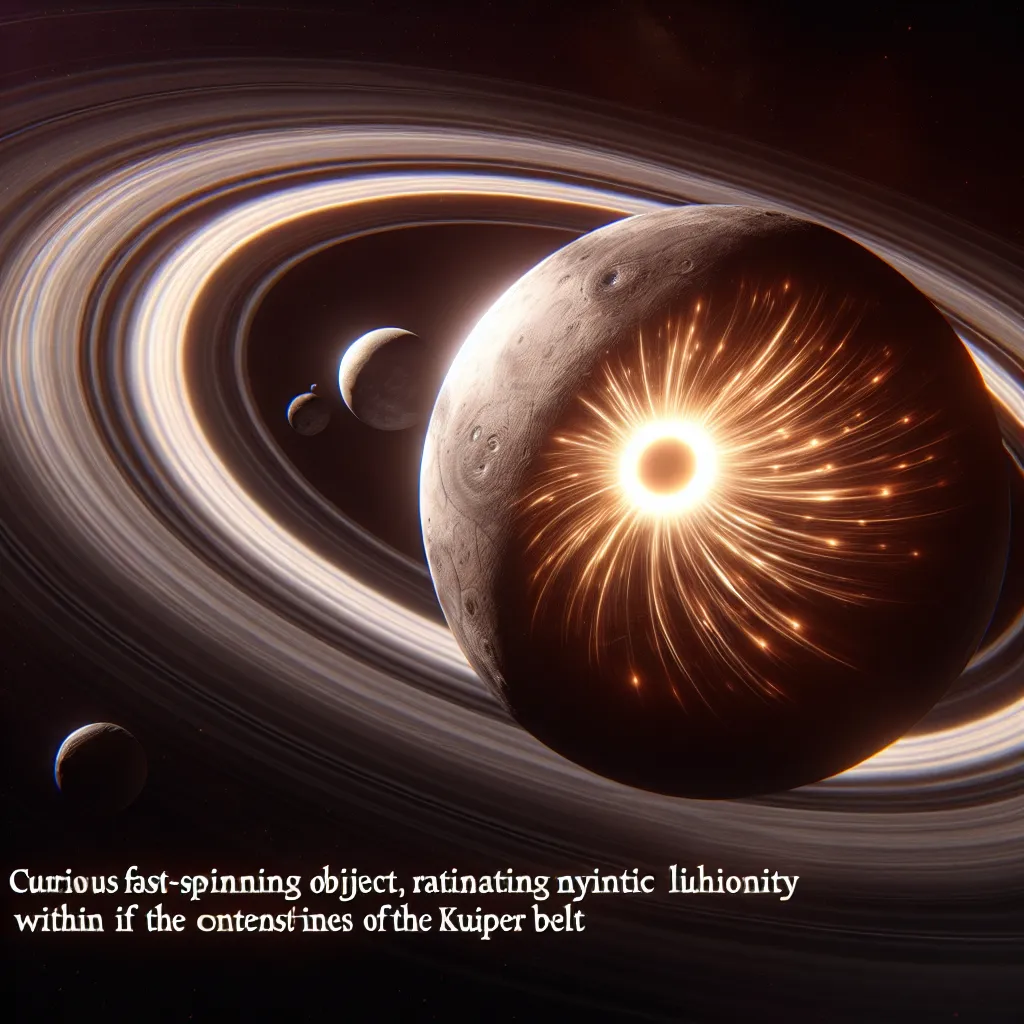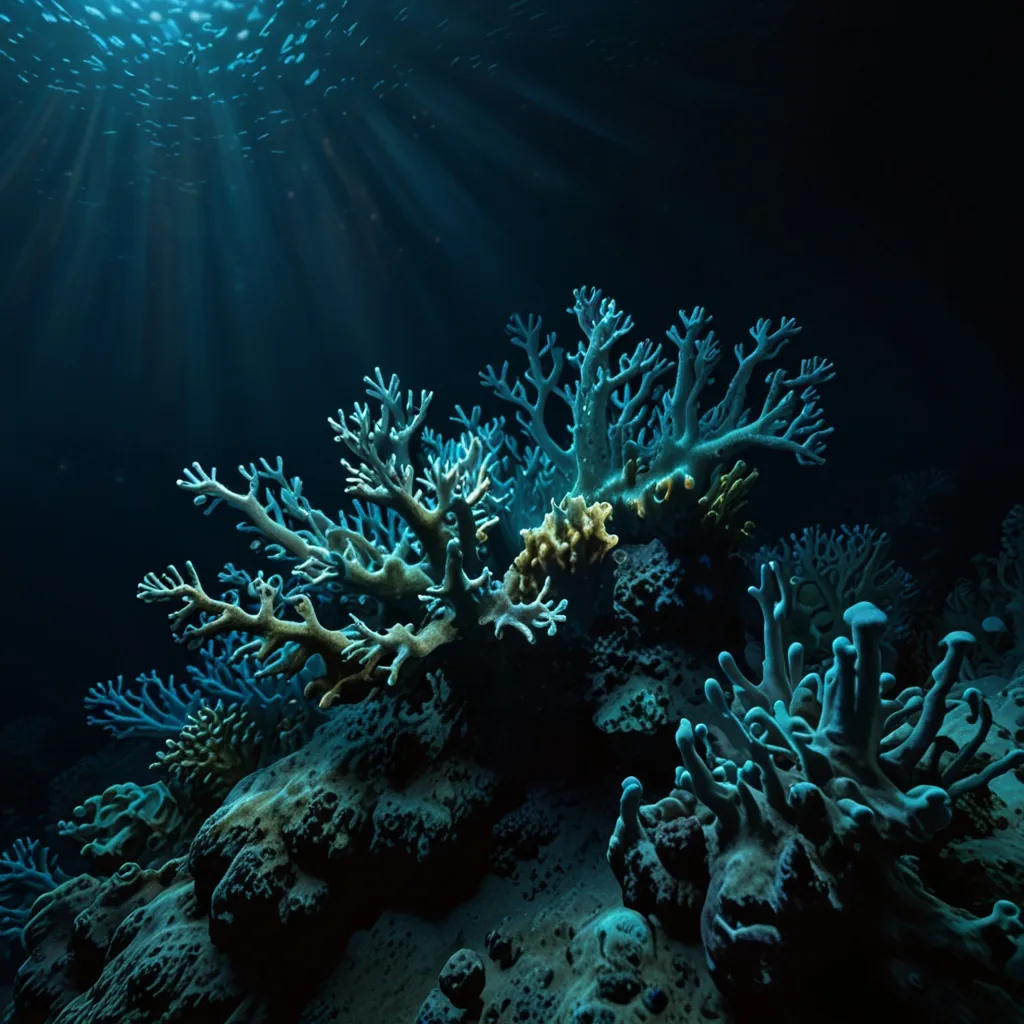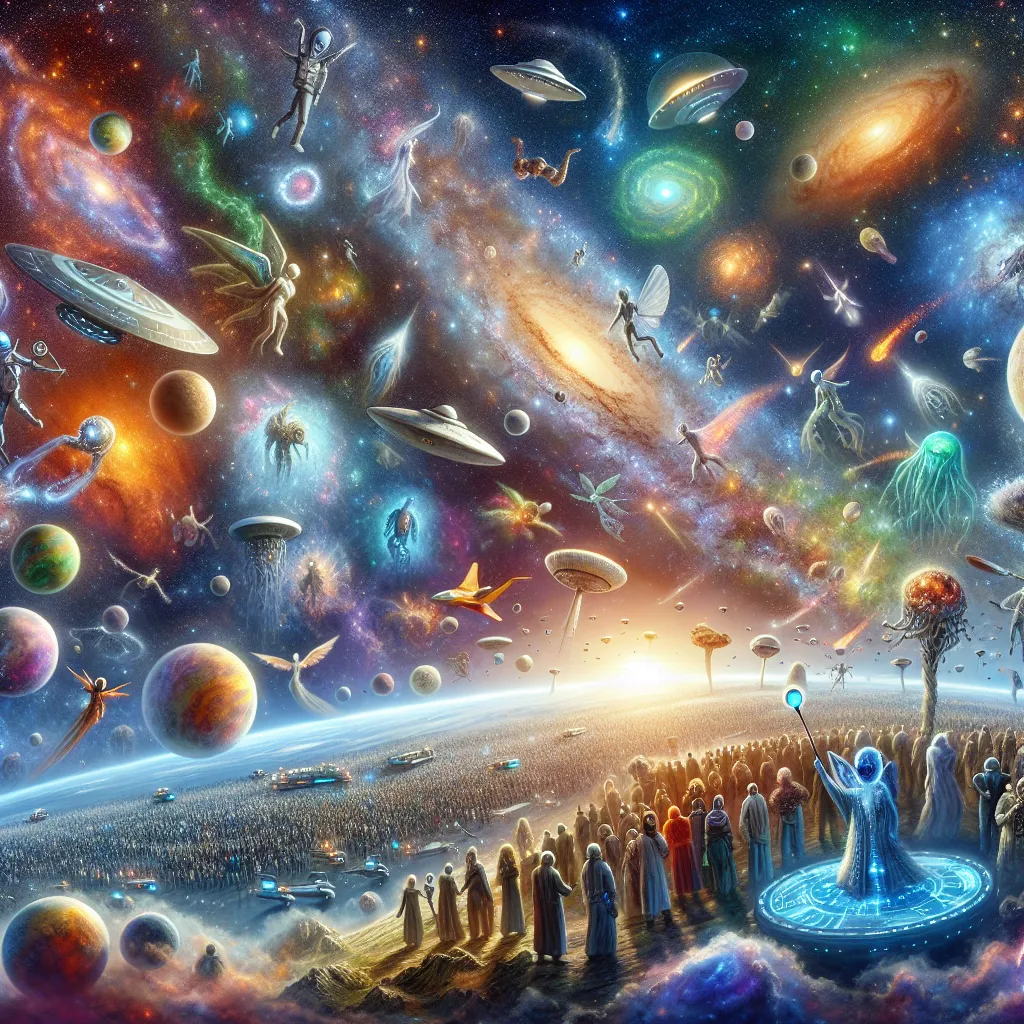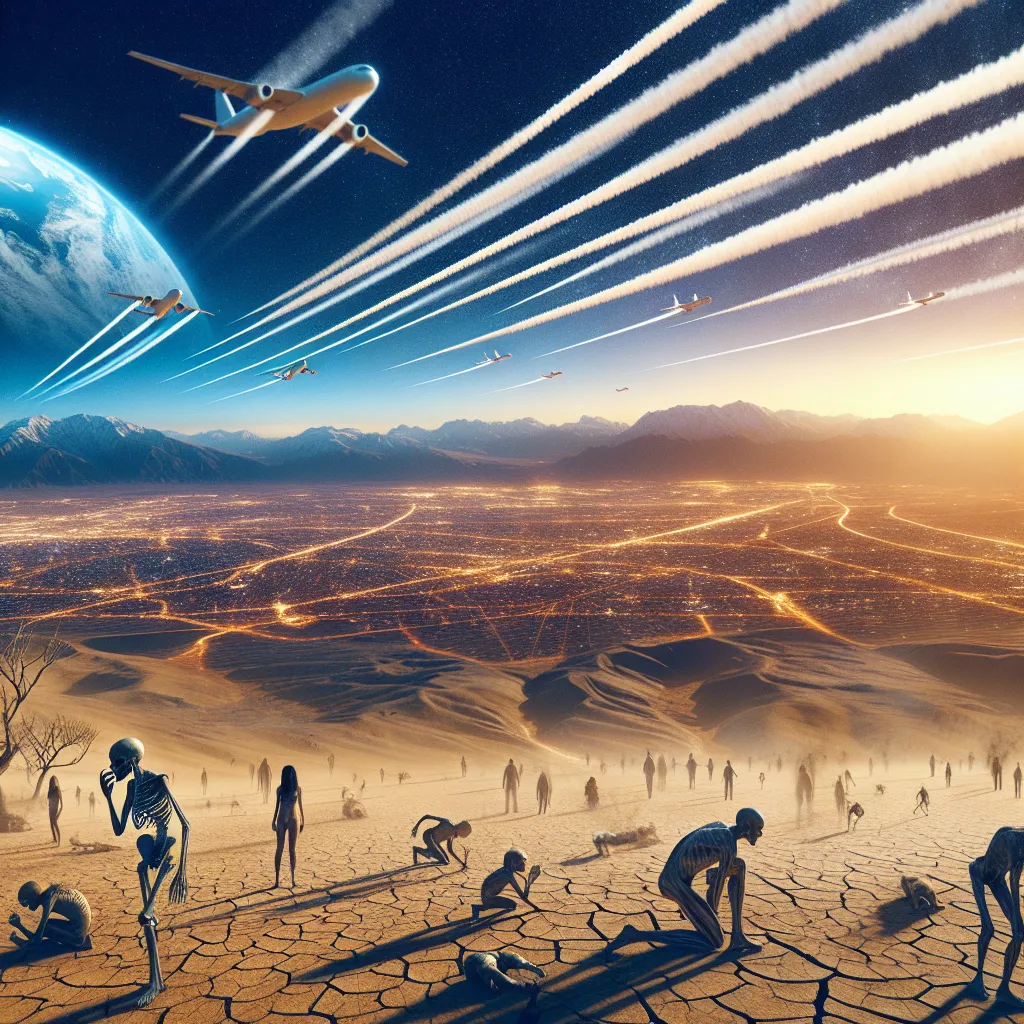Rama’s Bridge: A Mysterious Link Between Myth and Reality
Imagine a bridge so ancient and mysterious that it has captivated the imaginations of people for centuries. That’s exactly what Rama’s Bridge, also known as Adam’s Bridge, is all about. This fascinating structure stretches across the Palk Strait, connecting India and Sri Lanka, and boy, does it have some stories to tell!
Let’s dive into this intriguing tale, shall we? Picture this: a chain of limestone shoals, spanning about 48 kilometers, lurking just beneath the surface of the Indian Ocean. It’s like nature’s own connect-the-dots puzzle, linking Rameswaram Island in India to Mannar Island in Sri Lanka. Pretty cool, right?
Now, here’s where things get really interesting. This bridge has been stirring up debates and raising eyebrows for ages. Is it a natural formation or something built by ancient hands? Well, that’s the million-dollar question!
If you’re into Hindu mythology, you might have heard of the Ramayana. It’s this epic tale that talks about Lord Rama and his adventures. According to the story, Rama’s army of super-strong monkeys built this bridge to rescue his wife Sita from the clutches of the demon king Ravana. Talk about relationship goals, huh?
But hold your horses! Before we get carried away with mythological explanations, let’s look at what science has to say. Geologists and archaeologists have been scratching their heads over this one for years. They agree that once upon a time, probably during the last Ice Age when sea levels were way lower, this area was indeed a land connection between India and Sri Lanka. It’s like Mother Nature’s own version of a land bridge.
Now, here’s a fun fact for you: historical records suggest that people could actually walk on this bridge until the 15th century. Can you imagine just strolling from India to Sri Lanka? That’s some serious island hopping! Unfortunately, a cyclone in 1480 had other plans and decided to shake things up, submerging parts of the bridge and making it impassable on foot.
But wait, there’s more! The rocks and sandbars that make up this bridge are old. Like, really old. We’re talking thousands of years here. Some studies even suggest that parts of this area were above water between 7,000 and 18,000 years ago. That’s older than your great-great-great… well, you get the idea.
Now, you might be thinking, “Okay, but is it man-made or not?” Well, that’s where things get a bit tricky. Despite all the cool myths and legends, scientists haven’t found any solid evidence that humans built this bridge. The Archaeological Survey of India and the Indian government have pretty much said, “Nope, no proof it was built by Rama or anyone else.”
But don’t let that burst your bubble! The lack of evidence for it being man-made doesn’t make Rama’s Bridge any less fascinating. In fact, it might make it even more intriguing. How did nature create such a perfect-looking bridge? It’s like the ultimate nature’s art project!
This bridge isn’t just a geological wonder; it’s also been a big deal strategically and culturally. Back in the day, it made sailing through the Palk Strait a real headache. Ships had to take the long way around, which was a pain for traders. The British, always thinking about business, even considered dredging the channel to make it easier for ships to pass. That idea got revived later as the Sethusamudram project, but it hit a snag when many Hindus opposed it, seeing the bridge as a sacred site.
And get this – it’s not just Hindus who find this place special. Some early Islamic sources call it “Adam’s Bridge,” believing that Adam (yes, that Adam from the Garden of Eden) used it to cross from Sri Lanka to India after he got the boot from paradise. Talk about a walk of shame!
In recent years, the debate about Rama’s Bridge has heated up again. Scientists have been using all sorts of fancy tech to study it. They’ve used carbon dating on the corals, satellite imagery, and even GIS technology to try and crack the mystery of how and when this bridge formed. It’s like CSI: Ancient Bridge Edition!
One study suggested the bridge could be around 3,500 years old, based on the corals. But other scientists were quick to point out that the corals are just the icing on the cake – they don’t tell us about the whole structure underneath. It’s like judging a book by its cover, or in this case, a bridge by its corals.
Nowadays, Rama’s Bridge isn’t just a scientific curiosity; it’s become a hot spot for tourists and pilgrims. The Sri Lankan Tourism Development Authority has even included it in their “Ramayana Trail,” which is like a tour of all the places mentioned in the epic. But not everyone’s happy about this – some Sri Lankan historians think it’s twisting their country’s history.
For many Hindus, this bridge is more than just a bunch of rocks and sand. It’s a sacred site, a symbol of divine intervention and incredible engineering (monkey engineering, to be precise). That’s why there was such an uproar when there were plans to dredge the bridge for a shipping canal project. It was like suggesting we bulldoze Stonehenge to make way for a highway!
So, what’s the bottom line on Rama’s Bridge? Well, it’s a perfect example of how nature, history, and mythology can get all tangled up in one amazing package. Whether you believe it was built by an army of monkeys or shaped by millions of years of geological processes, there’s no denying that it’s one heck of an interesting place.
It’s like a giant jigsaw puzzle, with pieces of science, religion, and history all mixed together. And the best part? We’re still trying to figure it out! Every new study, every bit of technology we use to examine it, adds another piece to the puzzle.
In the end, Rama’s Bridge stands as a testament to the power of both nature and human imagination. It reminds us that sometimes, the most incredible things in our world are those that blur the lines between what’s real and what’s legendary. It’s a bridge that doesn’t just connect two lands, but also links our past with our present, our myths with our science.
So, the next time you’re looking at a map and spot that little chain of islands between India and Sri Lanka, remember – you’re not just looking at some dots in the ocean. You’re looking at a mystery that has puzzled and fascinated people for thousands of years. And who knows? Maybe someday, we’ll unravel all its secrets. Or maybe, just maybe, some mysteries are meant to remain unsolved, keeping us wondering and dreaming for generations to come.
